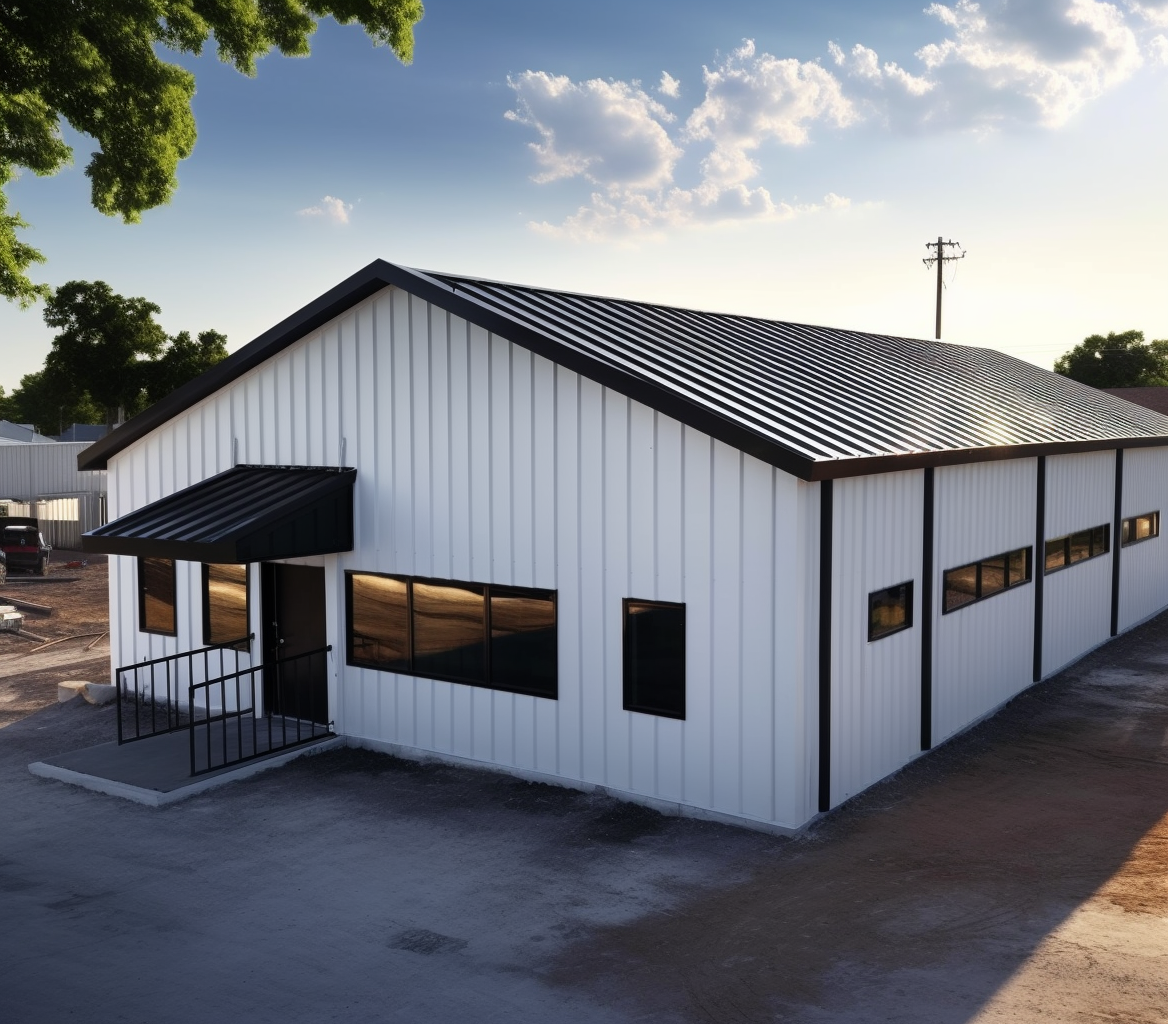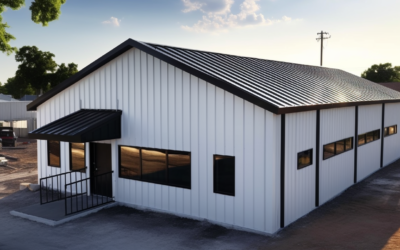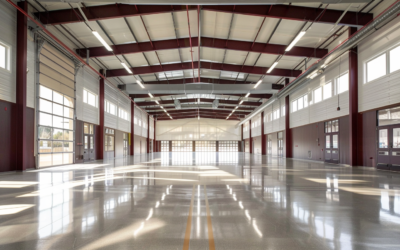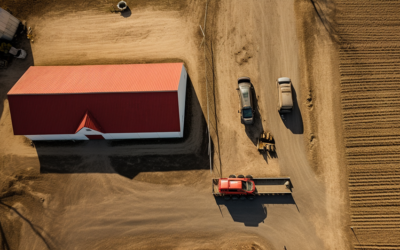Understanding Steel Building Sustainability in Manitoba
When it comes to building construction in Manitoba, the question of sustainability is a prominent discussion point. One material stands out in this conversation – steel. So, what is the magic behind steel buildings in Manitoba? What makes them an embodiment of sustainable construction and an eco-friendly alternative for the future?
Steel: The Material of Choice for Sustainable Buildings
Steel is widely known for its strength and durability, characteristics that make it an ideal option for constructing buildings that last for generations. But, there’s more to the story about steel than its strength. Steel offers intrinsic benefits that make it a leader in sustainable construction.
Steel is 100% recyclable. It can be repurposed time and time again without losing its quality or integrity. This means that once a steel building reaches the end of its lifespan, it doesn’t have to end up in a landfill. Instead, it can be melted down and used to create new steel products, including new steel building kits Manitoba. This concept of circular economy is vital when we talk about sustainable construction and resource management.
Steel also lends itself to efficient construction practices. In most cases, steel buildings are prefabricated — assembled in segments off-site before being transported to the building site for final construction. This process reduces waste, cuts down on-site disturbance and construction time, and provides an unmatched level of precision in building assembly.
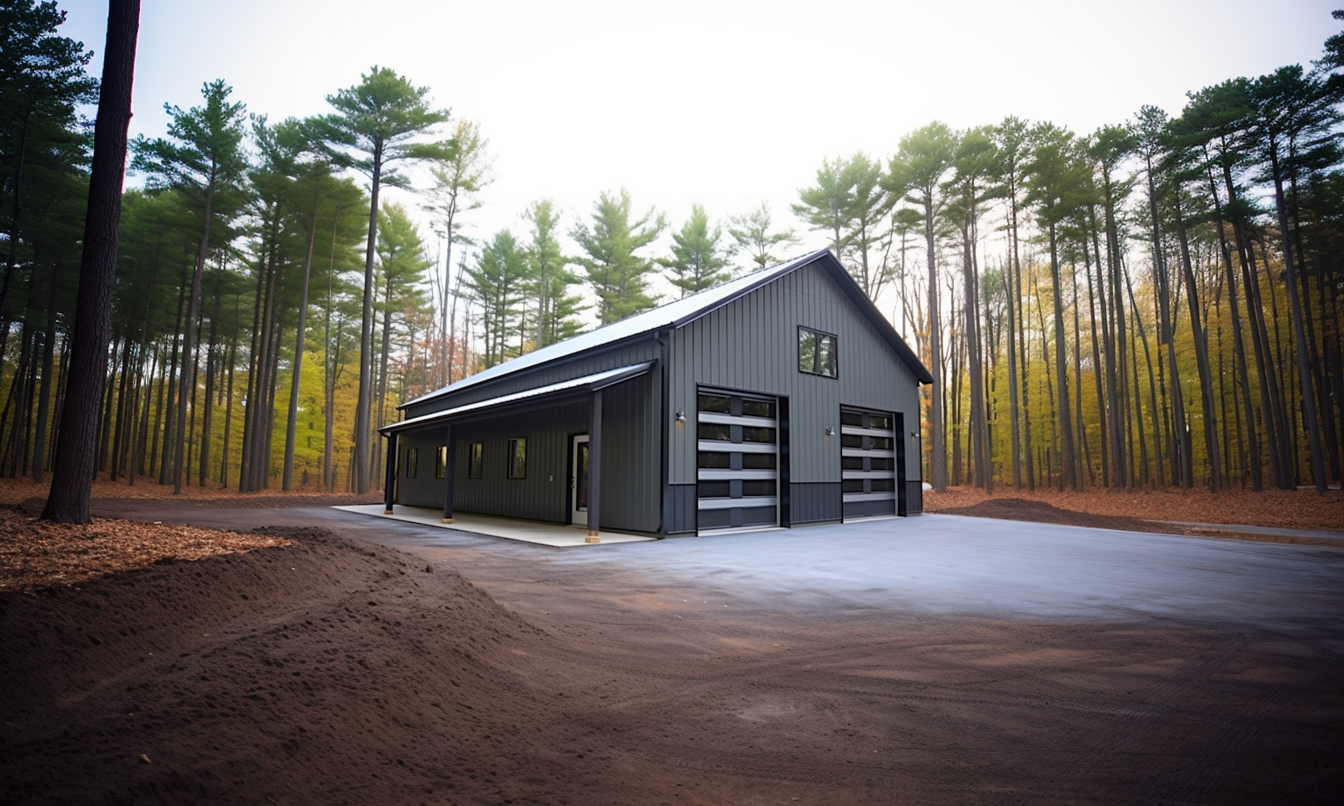
Construction Industry in Manitoba: Joining the Green Movement
Manitoba’s construction industry is witnessing a slow but steady shift towards sustainability. Manitoba, the heart of Canada, is embracing the use of Canadian steel buildings as a sustainable building alternative.
Projects ranging from commercial complexes to residential structures are turning towards steel for various reasons. Energy efficiency, durability, recyclability, and the potential for future expansion are key factors.
Energy Efficiency
One of the biggest advantages of using steel in building construction is energy efficiency. Steel buildings can benefit from better insulation systems, significantly reducing thermal transfer and lowering energy consumption for heating and cooling.
Durability
Steel, unlike other traditional building materials, can withstand varied weather conditions, natural disasters, pests, and even time. This durability reduces the need for regular maintenance and replacements, adding up to significant future savings and significantly cutting down on waste.
Flexibility
Steel buildings offer flexibility for future expansion without necessitating complicated deconstruction processes. It’s possible to reconfigure, expand or repurpose them based on changing needs over time. This adaptability is another reason why steel buildings are considered a sustainable choice.
Steel Building Sustainability Manitoba: A Win-Win
Looking at the bigger picture, steel building sustainability in Manitoba is not just about the environmental impact. It’s about people too. The construction process is safer and faster, productivity is improved, and utility costs for the end-users are minimized.
Sustainable steel buildings in Manitoba are therefore a win-win. They’re beneficial for the earth and great for the people that live and work within them.
Conclusion
Steel building sustainability in Manitoba is an exciting trend to watch. Embracing Canadian steel buildings means combining longevity, energy efficiency, flexibility, and recyclability. Manitoba, by adopting steel for future construction projects, is making a significant step towards a more sustainable future.
With its myriad of benefits, it’s not just a feasible alternative to traditional construction materials — it’s an embodiment of sustainable construction that speaks to the future. By choosing steel buildings, Manitoba demonstrates a commitment to sustainability that bodes well for a greener, more eco-conscious tomorrow.

